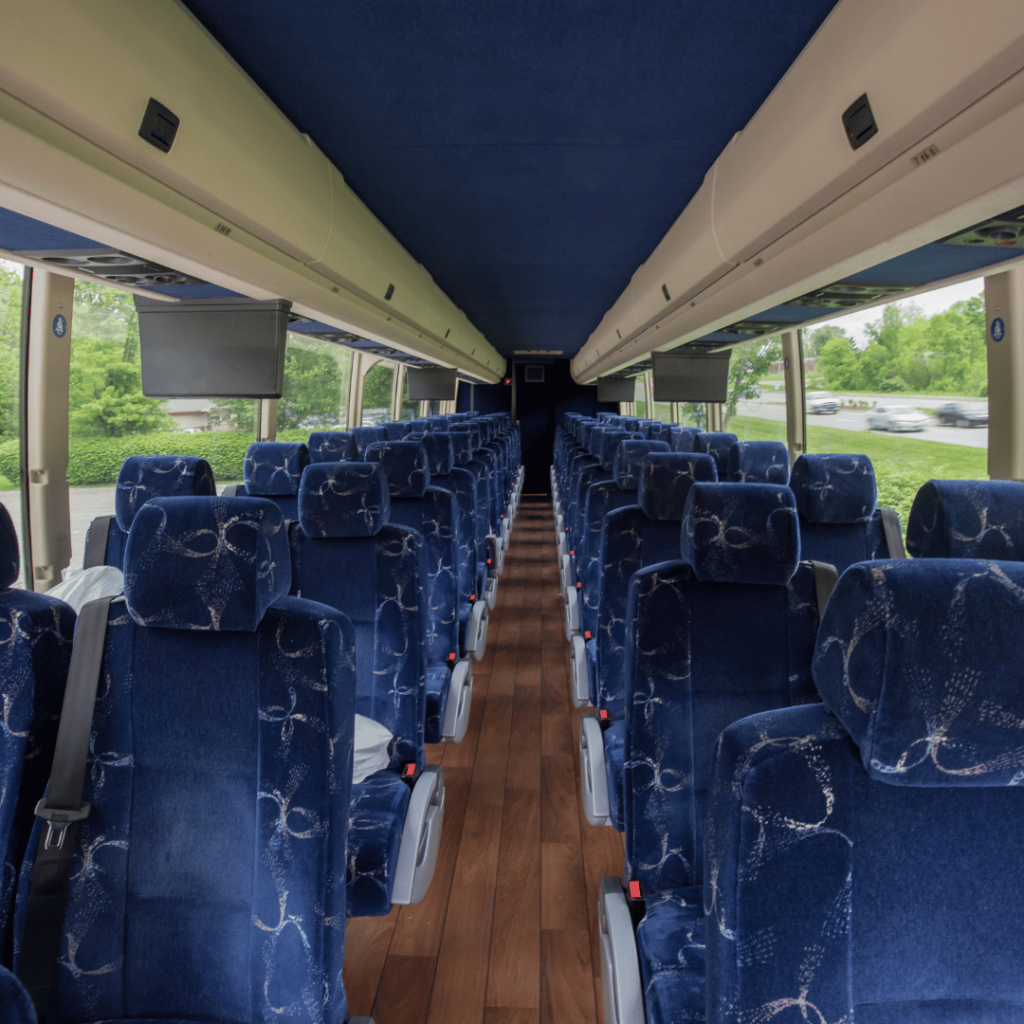The Cost of Commercial Motorcoaches and Limos Sitting Idle
By Bill Rohr
Uploaded: March 11, 2024
The cost of commercial Motorcoaches and limos sitting idle due to a lack of driver availability can be analyzed from several perspectives, including lost revenue, increased operational costs, and the impact on the broader economy due to unmet transportation needs. While specific cost data for commercial Motorcoaches and limos sitting idle might not be directly available, insights into the broader issue of driver shortages in the commercial transportation sector can shed light on the potential financial impact.

The commercial transportation industry faces significant challenges due to driver shortages, a problem intensified by demographic trends, regulatory barriers, and the perceived attractiveness of the profession. For instance, the commercial road transport sector, including Motorcoaches and potentially limos, is heavily impacted by an aging workforce, with a notable percentage of drivers over the age of 55 and a very small proportion under 25, especially in Europe.1. This demographic challenge is critical in passenger transport, where the average age of bus and coach drivers is around 50 years.2.
The American Bus Association Foundation highlights a 21.4% gap between the demand for and availability of drivers, underscoring the severity of the shortage. This shortfall is attributed to various factors, including training and licensing delays, insurance issues, and broader labor force trends. Efforts to address these challenges involve enhancing the attractiveness of driving careers, improving wages and conditions, and streamlining entry into the profession.3.
In the aftermath of the COVID-19 pandemic, the transportation industry is grappling with a significant driver shortage that hampers its recovery and ability to meet increasing travel demands. Peter Pantuso, president of the ABA Foundation, emphasizes this challenge, noting the eagerness of people to resume travel and the readiness of their members to facilitate these journeys. However, a critical shortage of drivers has left many buses unused, significantly affecting the industry’s capacity to serve the public’s travel needs.
A survey by John Dunham & Associates, distributed among American Bus Association (ABA) members, sought to shed light on the extent of worker and diesel fuel shortages. The findings revealed a deficit of approximately 7,300 drivers, a significant number when contrasted with the 26,800 bus drivers working within the private, non-institutional sector, as reported by the Bureau of Labor Statistics.
The shortage of qualified motorcoach drivers is substantial and arises from various challenges beyond operators’ control. Nearly half of the survey respondents (47.4%) identified key issues contributing to this shortage, including the limited availability of training, licensing delays, insurance complications, COVID-19-related concerns, and a broader labor force shortage. This data underscores the complex nature of the problem facing the motorcoach industry, highlighting the need for wide-ranging strategies to attract and retain a sufficient number of drivers.4.
A shortage of drivers leads to vehicles sitting idle, resulting in lost revenue opportunities for businesses. For-hire fleets, for example, have reported high turnover rates, with the long-haul segment experiencing an average turnover rate of 89% in 2021.5. Such high turnover rates necessitate continuous recruitment and training of new drivers, increasing operational costs and reducing overall efficiency.
The impact of driver shortages is not limited to operational disruptions; it also has broader economic implications. A lack of drivers can hinder the ability of businesses to meet transportation demands, affecting the delivery of goods and services and potentially leading to increased prices for consumers. The issue of driver shortages is recognized as a global challenge, with significant vacancies reported across various countries and a projected increase in unfilled positions.6.
To ease these challenges and minimize the cost of idle vehicles, the industry is exploring various solutions. These include efforts to make the profession more attractive to younger individuals by improving working conditions, offering better compensation, and leveraging technology to enhance job appeal.7. Additionally, addressing regulatory barriers and creating more accessible pathways into the profession for young people are seen as crucial steps toward lessening the driver shortage.8.

While the direct costs to businesses of commercial vehicles sitting idle due to driver shortages are difficult to quantify without specific data, the indirect costs and broader economic impact underscore the importance of addressing this issue. Businesses operating in the commercial transportation sector, including those with Motorcoaches and limos, must navigate these challenges by implementing strategies to attract and retain drivers, thereby minimizing vehicle idle time and easing financial losses.
Citations:
- https://www.iru.org/news-resources/newsroom/global-driver-shortages-2022-year-review
- https://www.iru.org/news-resources/newsroom/global-driver-shortages-2022-year-review
- https://www.metro-magazine.com/10192887/report-shows-21-4-of-demand-for-bus-drivers-is-unfulfilled
- https://www.metro-magazine.com/10192887/report-shows-21-4-of-demand-for-bus-drivers-is-unfulfilled
- https://www.actresearch.net/resources/us-freight-sector/the-persistent-driver-retention-problem
- https://www.weforum.org/agenda/2021/06/global-shortage-commercial-truck-drivers/#:~:text=URL%3A%20https%3A%2F%2Fwww.weforum.org%2Fagenda%2F2021%2F06%2Fglobal
- https://www.iru.org/news-resources/newsroom/global-driver-shortages-2022-year-review
- https://www.iru.org/news-resources/newsroom/global-driver-shortages-2022-year-review
